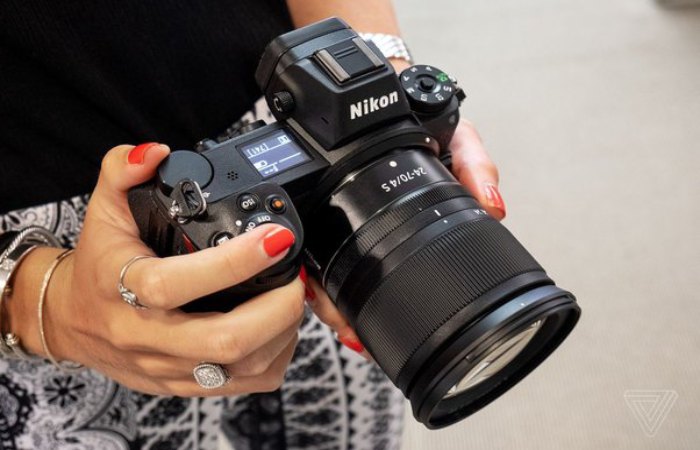Table of Contents
Digital Imaging
6.815 Digital And Computational Photography or computational imaging refers to digital image capture and processing techniques that use digital computation, instead of optical processes. Computational photography can enhance a camera’s capabilities or produce new features that are impossible with current digital technology. Although this branch of digital photography is not new, researchers continue to advance it. As revealed in a recent New York Times article. Computational photography could alter the basic setup of digital photography in many ways.
Methods of Style

Computational photography stems from the knowledge that it can be reconstruct with software if you can release visual data instead of an actual image. In other words, this means that even a lens would not be necessary. Instead of conventional visual data, the latter could, for example, be collected through a glass sphere equipped with sensors. Knowing the exact way the light travels through the globe and hits the sensors makes it possible to collect this data and reconstruct a single image.
One of the proponents of computational photography, engineers designed sensors using computational photography technology. Using a similar principle but a different design, Sony has used HDR sensors in its Xperia smartphones, which proves that computational photography is slowly making its way.
An Inevitable Evolution Of The Beginning
Computational photography is in its infancy. Other researchers are busy creating the camera of tomorrow, in particular by producing sensors that do not require lenses. Indeed, a group from Rambus Labs has developed image sensors without optics. Instead of traditional glass, an array of microscopic lenses is placed over the sensor. Light propagates as it passes through this optical grid, creating complex patterns that can be instantly reconstructed by software.
Some will question the relevance of reinventing what is already working very well. The answer to this question is simple; these devices will be much cheaper to produce. They will also be less heavy, bulky, thinner, less energy-consuming, and more efficient.
6.815 Digital And Computational Photography, as was the case with the evolution of film photography, was able to take advantage of many high-tech. And technical innovations in optics, chemistry, mechanics, electricity, and electronics. Computational photography is simply a logical and inevitable evolution of contemporary digital photography.
Main Market Trends
Android Smartphone To Witness Significant Market Growth
Mobile phone photography has come a lengthy way, starting with 0.3 megapixel VGA cameras. Over the past few years, smartphone camera knowledge has grown exponentially. Smartphone makers are discussing artificial intelligence (AI) and machine learning to be implemented in their phones.
Google has make public Pixel 4 and Pixel 4 XL, a new version of its general smartphone, which comes in two screen sizes. While the devices consist of new hardware features such as an additional camera lens and an infrared face scanner to solve the phone. Google has emphasized the phones’ use of so-called computational photography. , which automatically processes images to make them look more professional. Google’s Pixel 4 is an innovative example of how computational photography drives the future of smartphone cameras.
These new features provide a mode for filming the night sky and capturing star images. Most prominent is Android’s Night Sight features in computational photography. However, By adding the extra lens, Google creates a software feature called Super Res Zoom, allowing users to zoom in on images closer without losing a lot of detail.
Further Additional Information
Google has announced the implementation of machine learning and AI processing to click amazing images with triple cameras in the next iteration. Additionally, triple cameras may become the upcoming of smartphone taking pictures. Google Pixel 5XL plus Google Pixtechel 5 are silent a year away from launch. The launch will take place in 2021.
At the Snapdragon Tech Most noteworthy point in 2019, Qualcomm showed a Snapdragon 865 man-made consciousness engaged “picture division” feature powered by Morpho programming. From lead phones from Huawei and Google to sensible handsets from Xiaomi and Oppo, each brand has familiarizes some sort of information with help make pictures look more sharp.
Conclusion
one of the first forms of computational photography introduced was HDR, a high dynamic range helping to take a burst of photos at different exposures and blend the best parts into one optimal image. The device will feature a multi-sensor, 3D, IR CMOS camera that can use computational photography algorithms.
Related posts
Featured Posts
183.63.127.22: Key Insights into IP Address Usage
The IP address 183.63.127.22 plays a crucial role in online connectivity, acting as an identifier that helps devices communicate within…
Situs Slot Gacor Microstar88 Linktree
Situs slot gacor Microstar88 linktree is an online slot link gacor provider mpo slot that is very brave to compete…


